"Defending the Homeland and Establishing the Territory" Consolidation and Development of a Multi-ethnic Unified Country PPT Courseware 2 Simple campus recruitment activity planning plan summary enterprise and institution recruitment publicity lecture PPT template is a general PPT template for business post competition provided by the manuscript PPT, simple campus recruitment activity planning plan summary enterprise and institution recruitment promotion Lecture PPT template, you can edit and modify the text and pictures in the source file by downloading the source file. If you want more exquisite business PPT templates, you can come to grid resource. Doug resource PPT, massive PPT template slide material download, we only make high-quality PPT templates!
| 文件名 如何下载使用 | 下载次数 | Download Points | 下载地址 |
|---|---|---|---|
| "Defending the Homeland... | 4925次 | 0.00 | Free Download |
Tips: If you open the template and feel that it is not suitable for all your needs, you can search for related content "Defending the Homeland and Establishing the Territory" Consolidation and Development of a Multi-ethnic Unified Country PPT Courseware 2 is enough.
How to use the Windows system template
Directly decompress the file and use it with office or wps
How to use the Mac system template
Directly decompress the file and use it Office or wps can be used
Related reading
For more detailed PPT-related tutorials and font tutorials, you can view: Click to see
How to create a high-quality technological sense PPT? 4 ways to share the bottom of the box
Notice
Do not download in WeChat, Zhihu, QQ, built-in browsers, please use mobile browsers to download! If you are a mobile phone user, please download it on your computer!
1. The manuscript PPT is only for study and reference, please delete it 24 hours after downloading.
2. If the resource involves your legitimate rights and interests, delete it immediately.
3. Contact information: service@daogebangong.com
"Defending the Homeland and Establishing the Territory" Consolidation and Development of a Multi-ethnic Unified Country PPT Courseware 2, due to usage restrictions, it is only for personal study and reference use. For commercial use, please go to the relevant official website for authorization.
(Personal non-commercial use refers to the use of this font to complete the display of personal works, including but not limited to the design of personal papers, resumes, etc.)

Related reading
For more detailed PPT-related tutorials and font tutorials, you can view:Please click to see



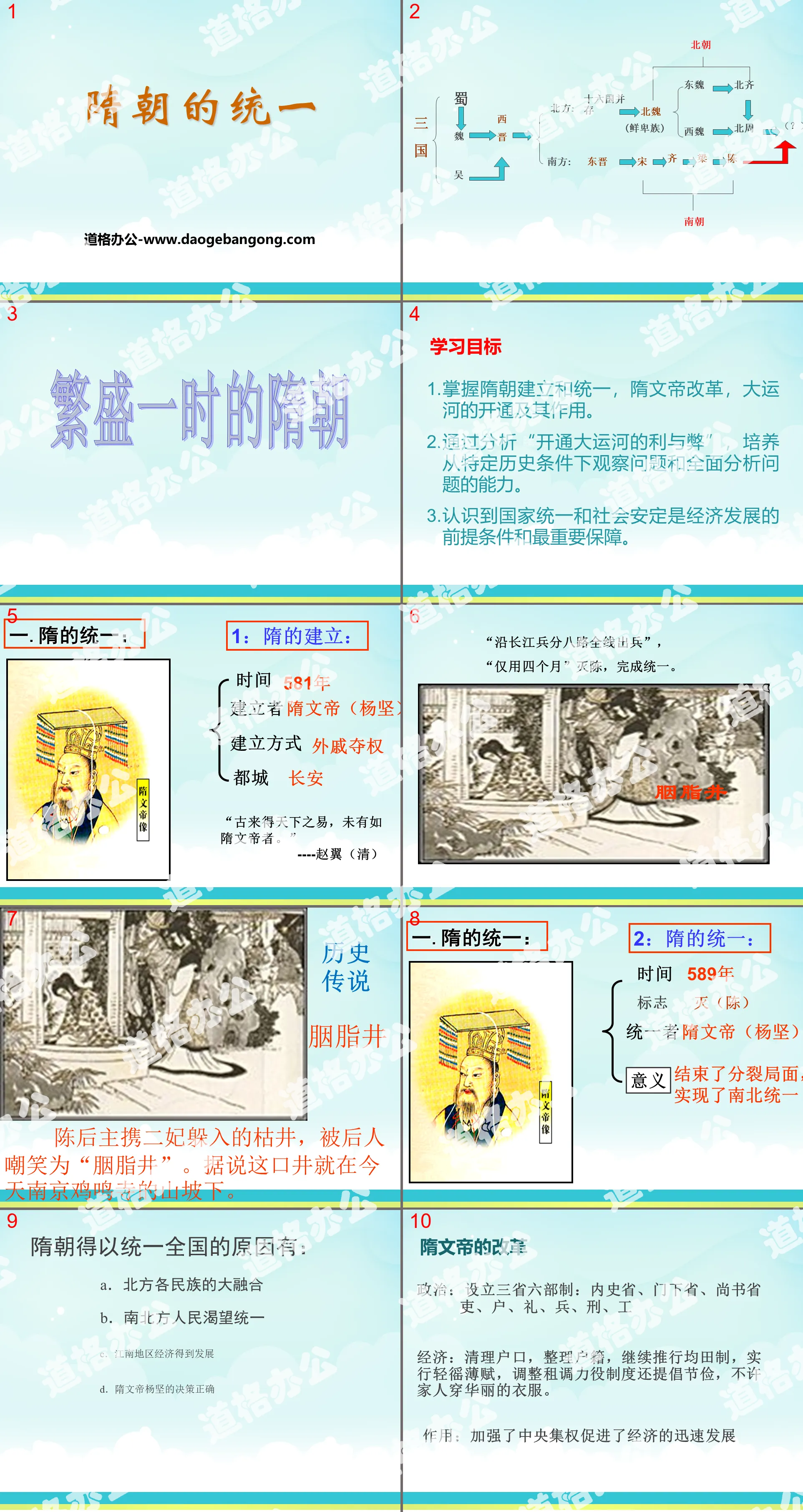
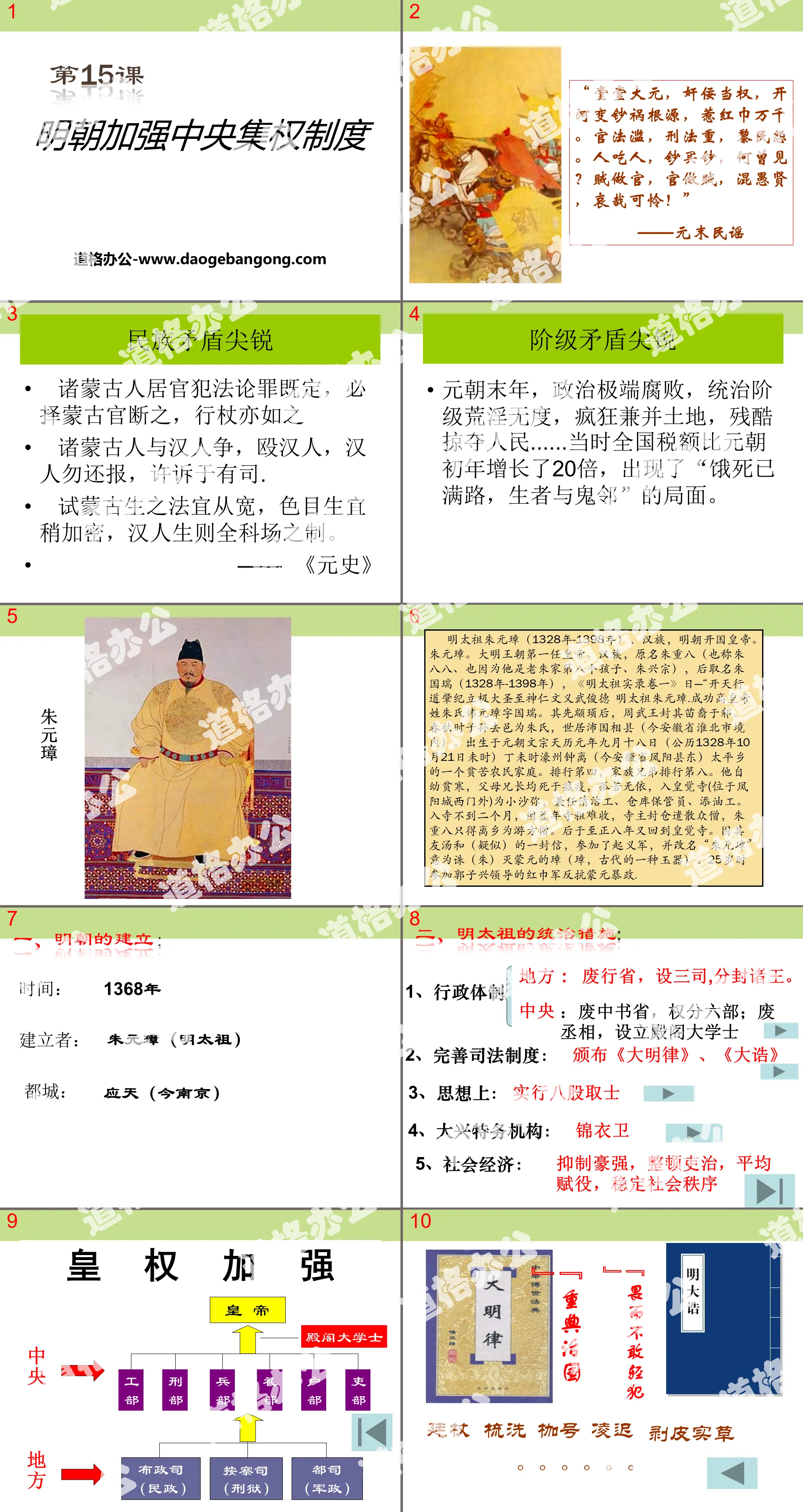

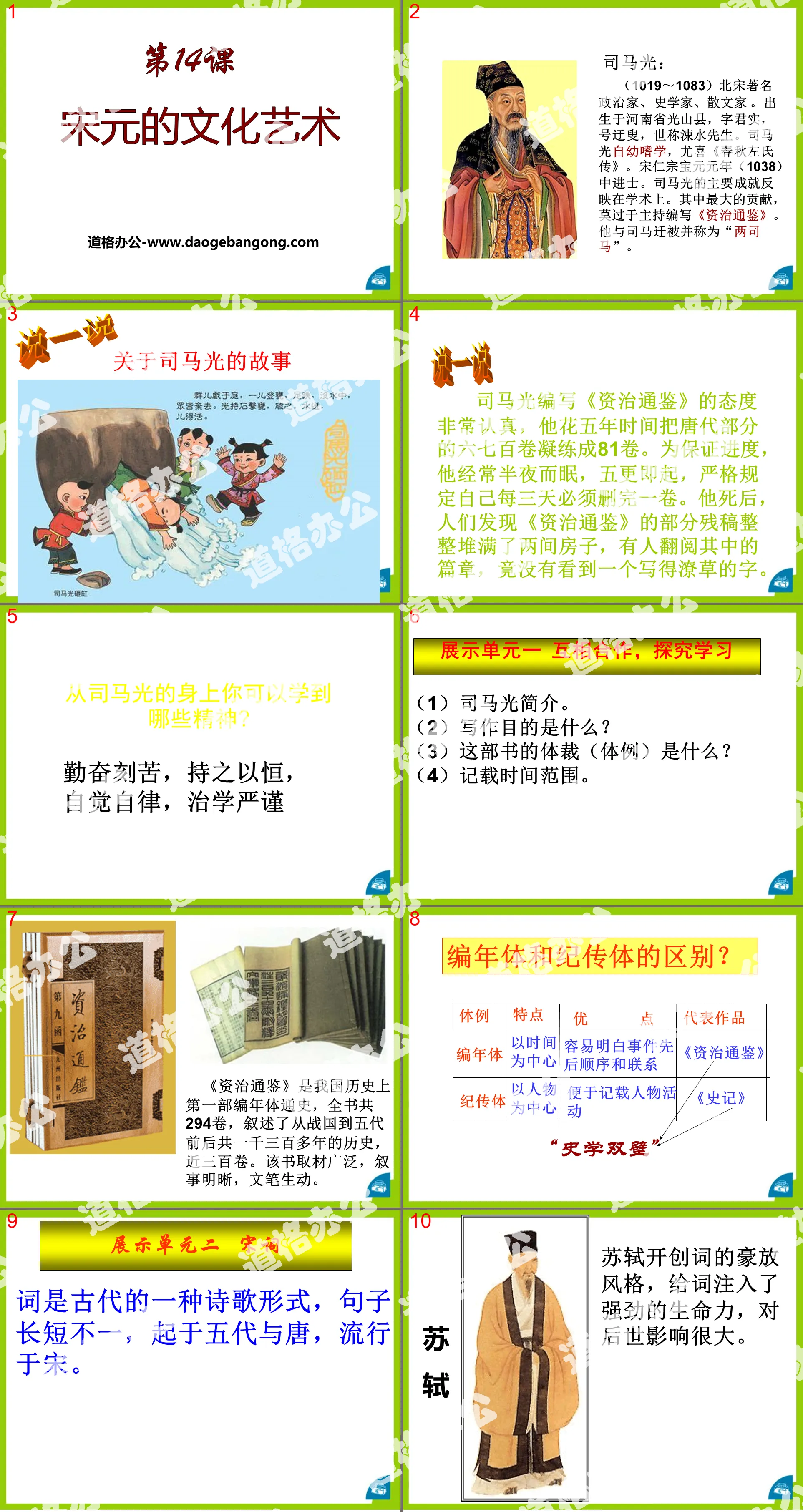
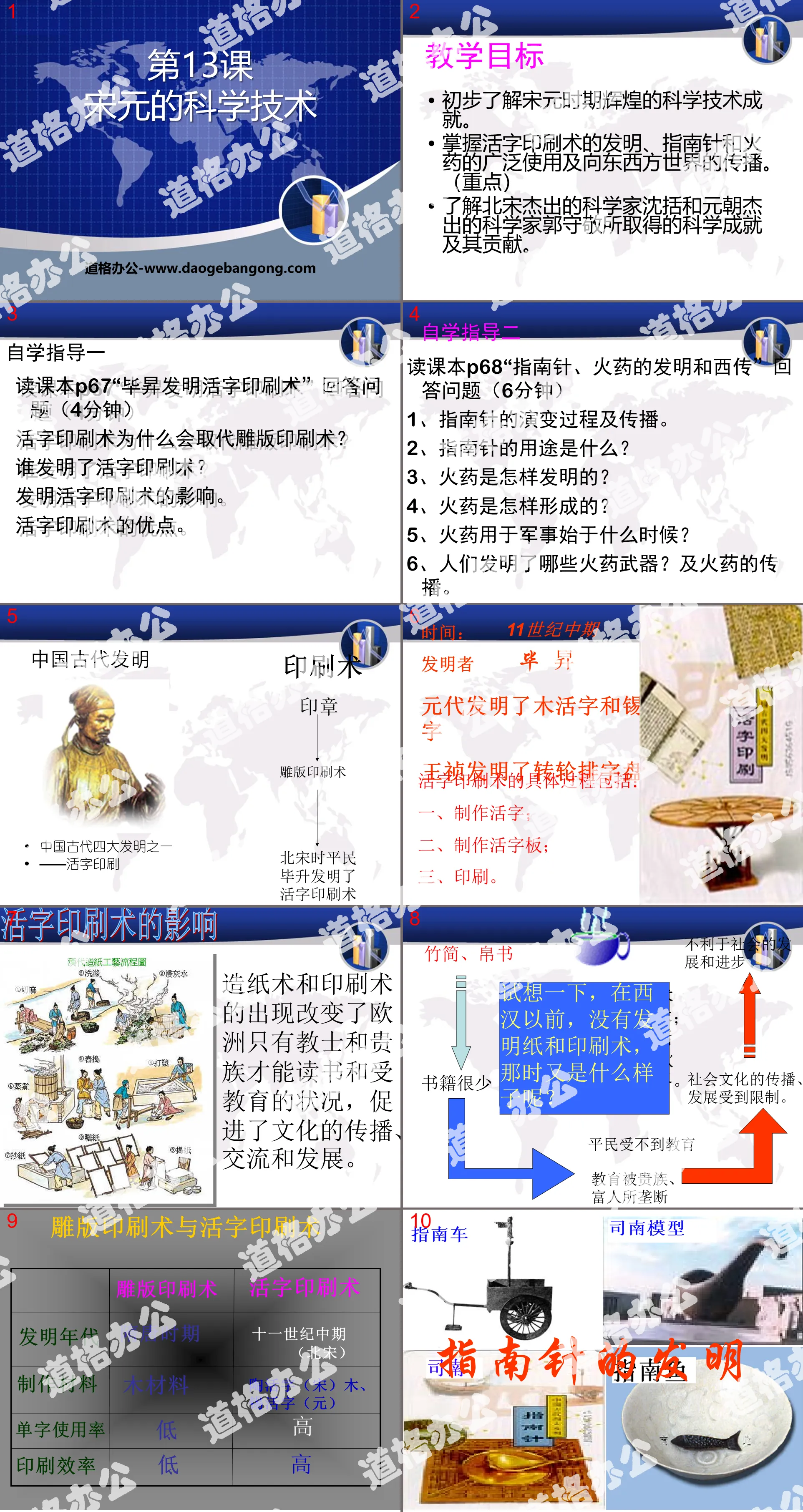

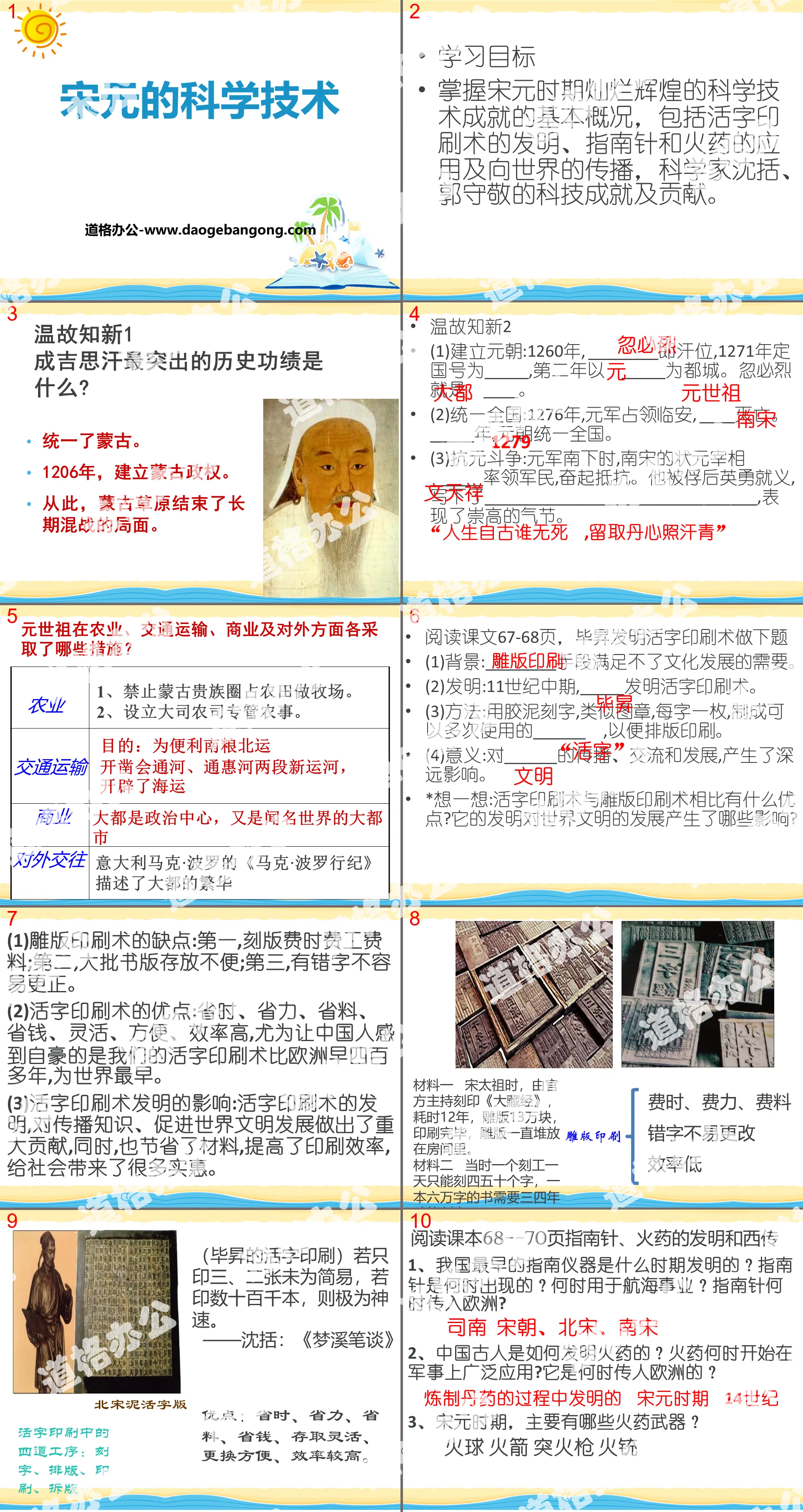
Authoritative PPT Summary
"Defending the Homeland and Establishing the Territory" Consolidation and Development of a Multi-ethnic Unified Country PPT Courseware 2
How did the Qing Dynasty manage its frontiers?
The Qing Dynasty’s frontier management mainly included:
1. Manage Mongolia, put down the Galdan rebellion, consolidate the northern border, set up the deputy general of the left side in Ulyasuba, set up the counselor in Kobdo, and take charge of all military and political power in Khalkha Mongolia;
2. Strengthen the management of Tibet and establish a system whereby future generations of Dalai Lamas and Panchen Lamas must be canonized by the Qing court.
3. Unify Xinjiang, quell the large and small Hezhuo rebellions, and establish General Yili to rule the entire territory of Xinjiang.
4. The return of Turgut to the motherland has become a glorious page in the history of relations between the Chinese nation.
Qing Dynasty Territory
As early as the late Ming Dynasty, Tsarist Russia began to expand eastward and invaded my country's Heilongjiang River Basin. It repeatedly broke into the area to burn, kill and loot, and successively occupied Nerchinsk and Yaksa and other places, and built forts to defend them. Emperor Kangxi repeatedly sent representatives to negotiate to no avail, and decided to use force to defend the territorial integrity of the motherland.
In the 17th century, the Dutch invaded the southern part of Taiwan Island, my country.
1. Fighting against the invasion of Tsarist Russia - the Battle of Yaksa
1 When was the Heilongjiang Basin invaded by which country?
As early as the late Ming Dynasty, Tsarist Russia began to expand eastward and invaded the Heilongjiang River Basin of my country. It repeatedly broke into the area to burn, kill and loot.
2. Which areas did the invaders occupy as invasion bases?
He successively occupied Nerchinsk, Yaksa and other places and built cities to defend them.
Who led the Qing army to expel the invaders through what battles?
Emperor Kangxi repeatedly sent representatives to negotiate to no avail, and decided to use force to defend the territorial integrity of the motherland. The invaders were driven out through the Battle of Yaksa.
China and Russia reached an agreement in 1689 and signed the Treaty of Nerchinsk between China and Russia.
Content: It stipulates the eastern boundary between China and Russia in the form of legal provisions, and affirms China’s territorial sovereignty over all land south of the Xing’an Mountains and the Heilongjiang River Basin.
Significance: Create a peaceful living environment for residents in border areas between the two countries.
Combined with the knowledge you have learned before, think about the connections between mainland China and Taiwan since ancient times?
During the Three Kingdoms Period: Sun Quan sent Wei Wen to Yizhou
Yuan Dynasty: Set up Penghu Inspection Department to manage Ryukyu
How did the Dutch monopolize Taiwan?
1. Starting from the 16th century, with the development of capitalism, in order to accumulate wealth, Spanish colonists went to Asia one after another to carry out colonial plunder.
2. In 1622, the Dutch colonists invaded Penghu and built castles. After being attacked by the Qing army, they were forced to abandon Penghu and invade Taiwan. In 1624, they landed on the west coast of Taiwan, and in 1630, they built Taiwan City in Anping. In 1650, Chican City was built in Tainan in an attempt to occupy it for a long time. The Netherlands occupied Taiwan, and Spain's interests in Asia were threatened. In 1624, Spain landed in Jilong, Taiwan and built Keelung City. In 1628, Spain sent a fleet to Huwei (Taiwan) to build Tamsui City and control the northern part of Taiwan. In order to squeeze out the Spanish power, the Netherlands stationed troops to the west in 1641 and attacked. In 1642, the Netherlands occupied Keelung. Spain surrendered and evacuated Taiwan. From then on, Taiwan was exclusively occupied by Spanish colonists.
Zheng Chenggong (August 27, 1624 - June 23, 1662) was a famous general and national hero who fought against the Qing Dynasty in the late Ming Dynasty in the late 17th century. His name was Sen, courtesy name Mingyan, and his childhood name Fusong. He was given the Ming Dynasty surname Zhu by Emperor Wu of Menglong. His name was successful, and he was known as the "Guo Surname Ye" in the world. He was also named "Zheng Yanping" because Emperor Yongli granted him the title of King Yanping. Zheng Chenggong's father is Zheng Zhilong, a Nanming navy general who was born in Anping Port, Nan'an County, Quanzhou Prefecture, Fujian Province and was a pirate. His mother is the Tagawa family who was born in Hirado Island, Hizen Country, Japan (today's Hirado City, Nagasaki Prefecture, Japan); he was born to his mother His hometown, Hirado, was taken to his hometown in Fujian by his father when he was six years old. When he grew up, he was sent to Jinling to study. In 1645, the Qing army invaded the south of the Yangtze River. Soon Zhilong surrendered to the Qing Dynasty and the Tagawa family committed suicide in the rebellion. Success led his father's old troops to resist the Qing Dynasty on the southeast coast of China. He became one of the main military forces in the late Southern Ming Dynasty and surrounded Jiangning Prefecture of the Qing Dynasty. However, in the end, Being repulsed by the Qing army, they could only rely on their superiority in naval warfare to defend the islands of Xiamen and Kinmen. In 1661, he led his army across the Taiwan Strait. The following year, he defeated the Dutch East India Company's garrison in Taiwan, ushering in the Ming and Zheng Dynasties. He died of illness soon after. After Zheng Chenggong's death, Taiwanese people set up temples to worship him.
Zheng Chenggong sent a surrender letter to the Dutch military governor:
Taiwan is the land of China. It has been occupied by your country for a long time. Now that I have come to claim it, the land should belong to me.
[1]“Taiwan is the land of China”, what historical information does it reflect?
Taiwan has been an integral part of China's territory since ancient times
[2]Who does "your country" refer to? Who does "yu" refer to?
Holland, Zheng Chenggong
Why did Emperor Kangxi decide to unify Taiwan by force?
After Zheng Chenggong's death, his descendants fought for power and profit, causing Taiwan's rule to become increasingly corrupt and its power to be greatly reduced. At this time, Western colonists were eyeing Taiwan, and the treasure island of Taiwan was in danger of being invaded. Therefore, Kangxi decided to unify Taiwan by force.
Qing Dynasty general Shi Lang regained Taiwan
In 1683, Shi Lang, the admiral of the Fujian Navy, formulated the combat policy of "taking Penghu first to choke the enemy" based on Zheng's troop deployment. He led 300 warships and an elite navy of 20,000 men to defeat Zheng's army. The Zheng family surrendered and the Qing army entered Taiwan. The next year, the Qing government established Taiwan Prefecture on the island, which was subordinate to Fujian Province.
The separation and reunion between Taiwan and the motherland
In 1894, under the Treaty of Shimonoseki, the Qing government was forced to cede Taiwan to Japan.
In 1945, the Anti-Japanese War was victorious and Taiwan returned to the embrace of the motherland.
In 1949, Chiang Kai-shek was defeated in Taiwan and Taiwan separated from the mainland.
consolidate testing
1.In 1624, the colonists who invaded Taiwan were ( )
A Netherlands B Tsarist Russia C United Kingdom D Portugal
2. The chronological order of the following events is: ① Zheng Chenggong surrounded Chikan Tower ② Cleared and established the Taiwan Government ③ The Netherlands invaded Taiwan ④ Zheng Chenggong recovered Taiwan ( )
A①④③②B③④②① C④①③② D③①④②
3. The national hero who regained Taiwan is ( )
A Lin Zexu B Kangxi C Zheng Chenggong D Yue Fei
4.In 1684, the agency established by the Qing government to govern Taiwan was ( )
A Yizhou B Taiwan Government C Penghu Inspection Department D Taiwan Province
5. The first boundary treaty in the history of China and Russia was: ( )
A "Treaty of Nanjing" B "Treaty of Beijing"
C "Treaty of Nibuchu" D "Treaty of Aihun"
Keywords: teaching courseware on the consolidation and development of a unified multi-ethnic country, teaching courseware on defending the homeland and establishing territories, downloadable history PPT courseware for seventh grade volume 2, published by Zhonghua Book Company, downloading history slide courseware for seventh grade, the consolidation and development of a unified multi-ethnic country Develop PPT courseware download, defend the homeland and establish territory PPT courseware download, .PPT format;
For more information about the PPT courseware "Consolidation and Development of a Multi-Ethnic Unified Country, Defending the Territory and Laying the Territory", please click on the Consolidation and Development of a Multi-Ethnic Unified Country, Defending the Territory and Laying the Territory ppt tag.
"Defending the Homeland and Establishing the Territory" Consolidation and Development of a Multi-Ethnic Unified Country PPT Courseware 3:
"Defending the Homeland and Establishing the Territory" Consolidation and Development of a Multi-Ethnic Unified Country PPT Courseware 3 1. The Battle of Yaksa against Tsarist Russia's Invasion 1. Tsarist Russia's Invasion in the 17th Century 2. Battle of Yaksa Time: 1685, 1686 Both Sides: Qing (Kangxi) Russian result: Russia defeated, both sides...
"Defending the Homeland and Establishing the Territory" PPT courseware on the consolidation and development of a unified multi-ethnic country:
"Defending the Homeland and Establishing the Territory" PPT courseware on the consolidation and development of a unified multi-ethnic country. Learning objectives: Understand the brief situation of Tsarist Russia's invasion of my country's Heilongjiang River Basin and the Dutch colonists' occupation of my country's territory, Taiwan. Master Zheng Chenggong's recovery of Taiwan and the Qing government's establishment of Taiwan Prefecture; Jacques...